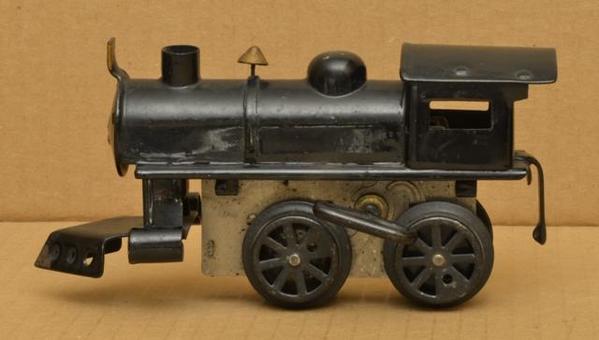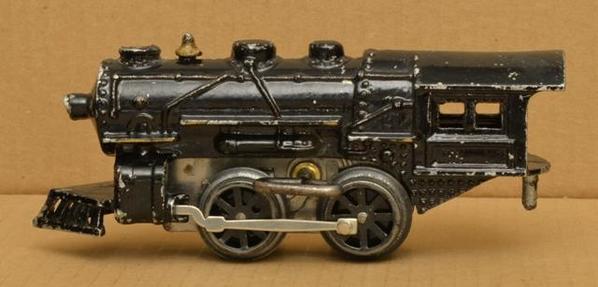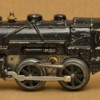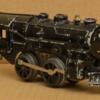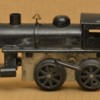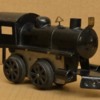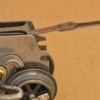for the first 16-17 years of their existence, all Hafner locomotives were cast iron except for two oddballs. the first occurred in the 1917-1919 timeframe when war shortages forced Hafner to turn to pressed steel to supplement their cast iron line...
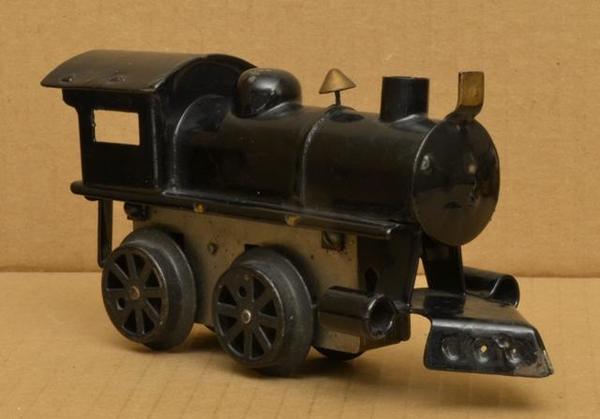
i've got to imagine this model either replaced or heavily supplemented the economy sets that were headed by the #100. without a brake or siderods and with the extremely spartan detail, you can't get much more plain-Jane, though it did still feature their standard, solid performing, clockwork motor.
the other unique locomotive was produced (1931-32) to supposedly cut down on shipping weight, the aluminum cast #112(late)...
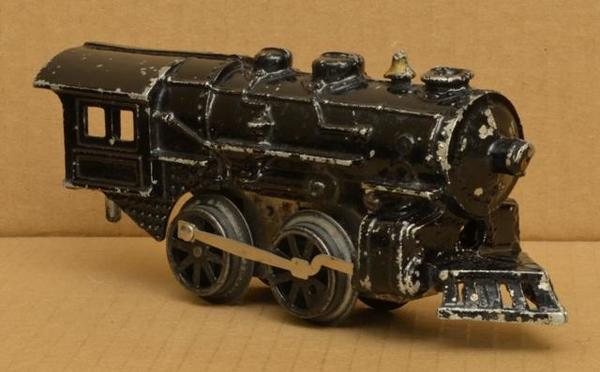
you only have to handle this model briefly to realize something isn't right. though it is larger than any other cast model Hafner produced it is by far the lightest and since weight translates to traction, you can probably guess its not a very powerful locomotive, though i've never put it through any extensive testing. one caution when looking to buy this engine, the increased length dictated the need to extend the brake control lever...
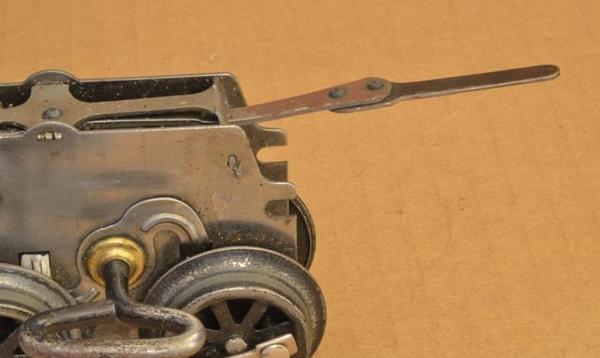
just another tip to make sure you get the correct motor. Doyle states in Greenberg that this modified motor sometimes appeared in other models, but personally i've never seen another besides the one in my locomotive.
i would certainly like to know if anyone has ever seen a valid set with either of these two engines.
cheers...gary




